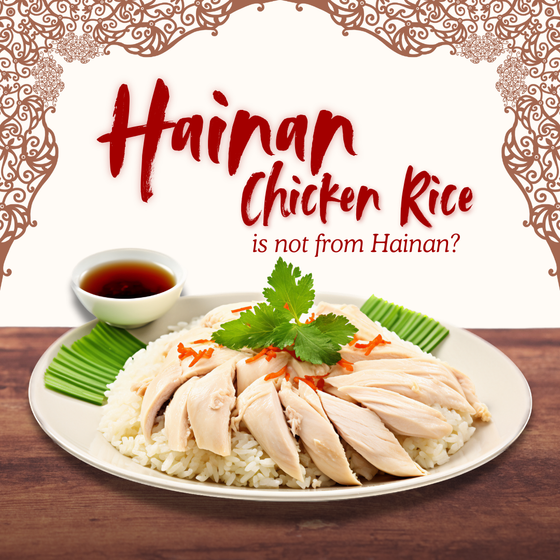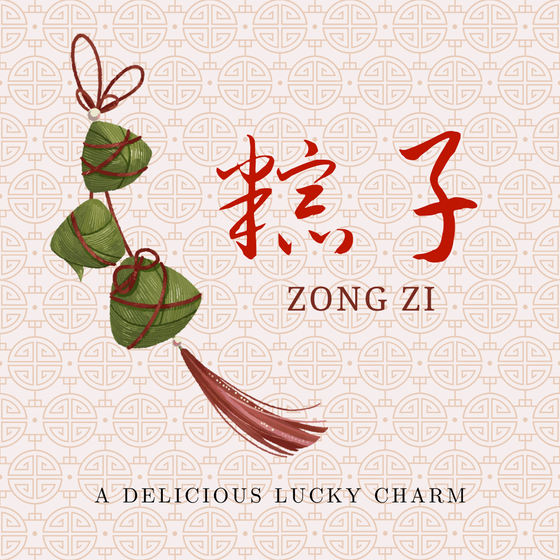Manti: Tracing the History of Central Asian Dumplings

Manti, a tantalizing dish of stuffed dumplings, carries with it the essence of Central Asian culinary heritage. These delicate parcels, filled with an aromatic blend of minced meat, onions, and spices, have traversed time, cultures, and borders, leaving an indelible mark on the culinary map. Let's delve into the history of manti and uncover its journey through the annals of time.
Origins and Early Beginnings:
The origins of manti are believed to trace back to the Central Asian region, encompassing countries such as Turkey, Uzbekistan, Azerbaijan, and Armenia. These lands, which have served as crossroads for various trade routes and cultural exchanges, have played a crucial role in shaping manti's evolution.
The name "manti" itself is thought to have Turkic roots, with linguistic ties to the word "manta" or "mantu" in various Turkic languages. The dish likely began as a simple amalgamation of ingredients, reflective of the nomadic lifestyles prevalent in these regions.
Cultural Significance:
Manti's importance transcends its status as a mere dish; it's an embodiment of familial bonds, traditions, and celebration. In many cultures, preparing manti is a communal activity, often bringing generations together to knead dough, stuff fillings, and share stories.
Moreover, manti's presence during significant life events underscores its cultural significance. Birthdays, weddings, and holidays are incomplete without the presence of this cherished dish, symbolizing hospitality, togetherness, and the art of cooking passed down through generations.
Variations and Global Spread:
As manti made its way across various regions, it absorbed the flavors and influences of different cultures. In Turkey, for instance, manti is often smaller in size and served with yogurt and garlic-infused butter. In Armenia, they're known as "khorovats" and can be larger, featuring a distinct blend of spices.
The dish even extended its reach beyond Central Asia, finding its way into Eastern European cuisines such as Ukrainian and Russian, where they are known as "manty" or "pelmeni." While variations exist, the essence of manti remains intact—an exquisite mix of dough and filling, often seasoned with familial traditions.
Preparation and Symbolism:
The preparation of manti is an art in itself. Crafting the thin dough wrappers requires skill and patience, while the filling, a harmonious blend of flavors, evokes a sense of home. Folding the dumplings into intricate shapes not only enhances their aesthetics but also speaks to the dedication and love poured into their creation.
A Culinary Journey Unveiled:
Manti's journey is a testament to the interconnectedness of cultures and the resilience of traditional dishes. Its enduring popularity across borders and generations showcases its universal appeal and the power of food to bring people together.
Through manti, we are reminded of the intricate threads that weave our global culinary tapestry, showcasing the history, heritage, and human connections that reside within each savory bite. As you savor the flavors of manti, you're embracing a centuries-old tradition, a story passed down through time, and a taste of the vibrant cultures that have nurtured this exquisite dish.
Leave a comment
Comments will be approved before showing up.
Also in News

Hainanese Chicken Rice is not from Hainan?
Did you know, despite the name, the version we eat in Singapore didn’t exactly come from Hainan?

Fried Chicken & Freedom: Honouring Juneteenth Through the Foods That Tell Its Story
As we celebrate Juneteenth, let’s remember: dishes like fried chicken carry stories — of oppression, resistance, and ultimately, freedom. Sharing them is a way to honour the past while keeping cultural memory alive.

Zongzi: A Delicious Lucky Charm
Wrapped in leaves, filled with luck. More than just a snack, it’s a bite of history!
